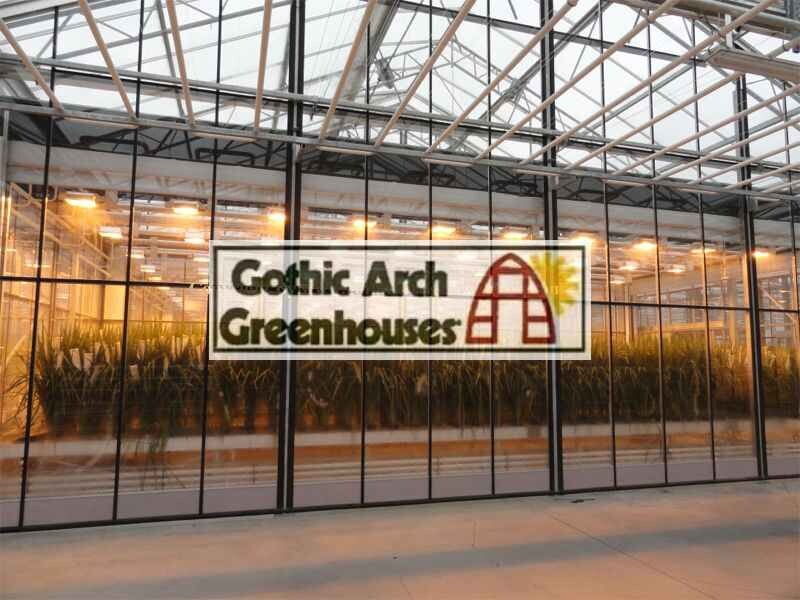
Light is essential for plants to survive, but the color of grow lights can have a significant impact on how they develop.
With the help of LED grow lights technology, multiple experiments are being conducted to determine how plants react to light when exposed to different colors of the spectrum in terms of height, weight, color, texture and more.
Additionally, shade cloths come in a variety of colors and have the same effect on plants. Colored films are being used on the growing areas of the International Space Station as well!
Below is the general performance of plants when exposed to a particular spectrum of colored grow lights:
Spectrums Available in Grow Lights
Ultraviolet
Prolonged exposure to UV light can be harmful to plants, just as it is to humans. A study confirmed that when UV light exposure is eliminated, plants experience enhanced growth.
Violet
Violet light exposure intensifies the color, aroma and taste of plants. It also improves the antioxidant functions of plants, which naturally helps prevent cell damage.
Blue:
The most influential of all hues, blue light has the most powerful effect on plants. It encourages plants to accept more energy, reduces their water loss, and increases their growth and maturity rates. At least a minimal intensity of blue light is needed indoors for normal plant growth. Plants grown under blue light are shorter and have darker, thicker, and greener leaves than those not exposed to blue light. These attributes may be desirable when growing ornamentals, for example.
Green
Not surprising, since most plants are green, this color has the least effect on a plant’s growth. Green light does, however, enhance the production of chlorophyll and gives plants a greener color. Yet, some research shows green light can have positive effects on growth and flowering.
Green light plays an important role in gardening, particularly as it relates to people. Without the presence of green light, plants do not appear green to the naked eye. Green light reduces eye strain for employees and helps detect any problems or pest issues. The good news is that white LEDs combine green, red and blue light, which provide the benefits of all three colors.
Yellow
Because yellow isn’t far off from green in terms of wavelength, it also doesn’t have much effect on plants. It has no influence on photosynthesis and, as a result, reduces growth.
Red
By itself, red light can help plants yield more leaves than blue light alone. But together, the combination of red and blue significantly improves plant growth, making it an optimal choice for development.
Far Red
Like red light, far red light plays an important role in plant development. Specifically, far red light affects germination and flowering. Essentially, this light encourages flowering because plants require less time in darkness.
Questions about light in your greenhouse or other growing settings? Let us know! When you call Gothic Arch Greenhouses at 800-531-4769, you’ll always get a friendly representative ready to help you. You can also visit our website at www.GothicArchGreenhouses.com for more information.
